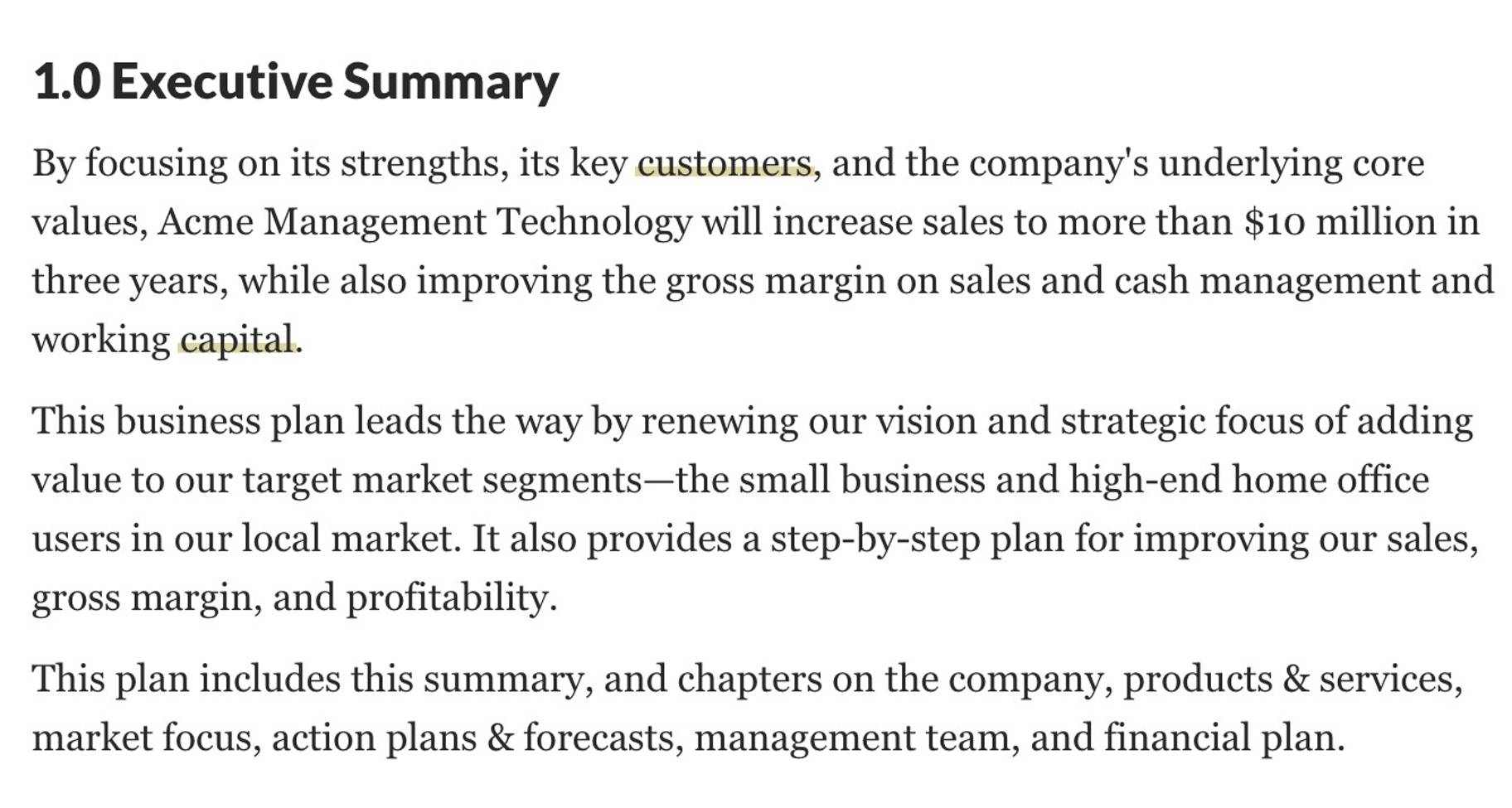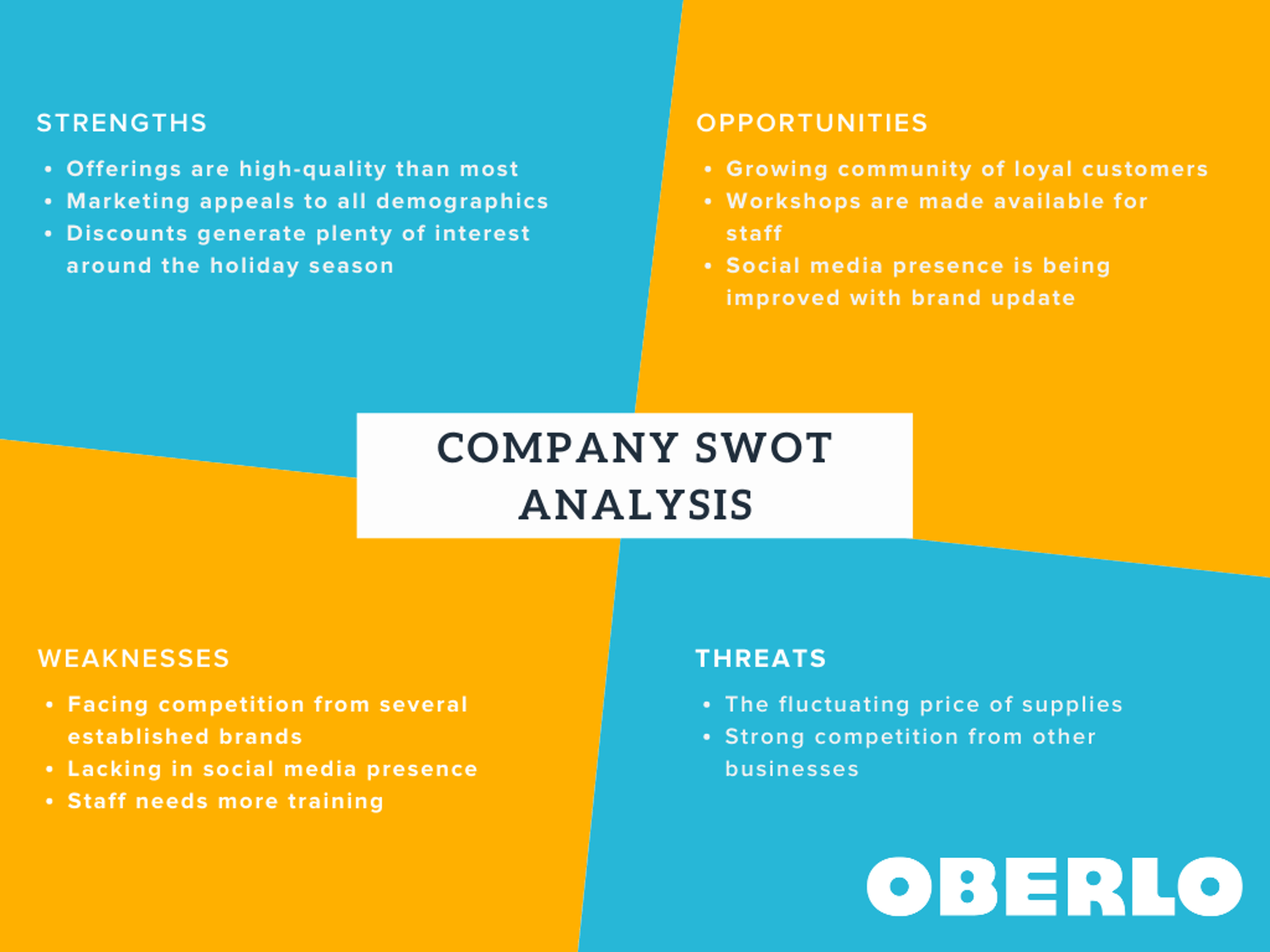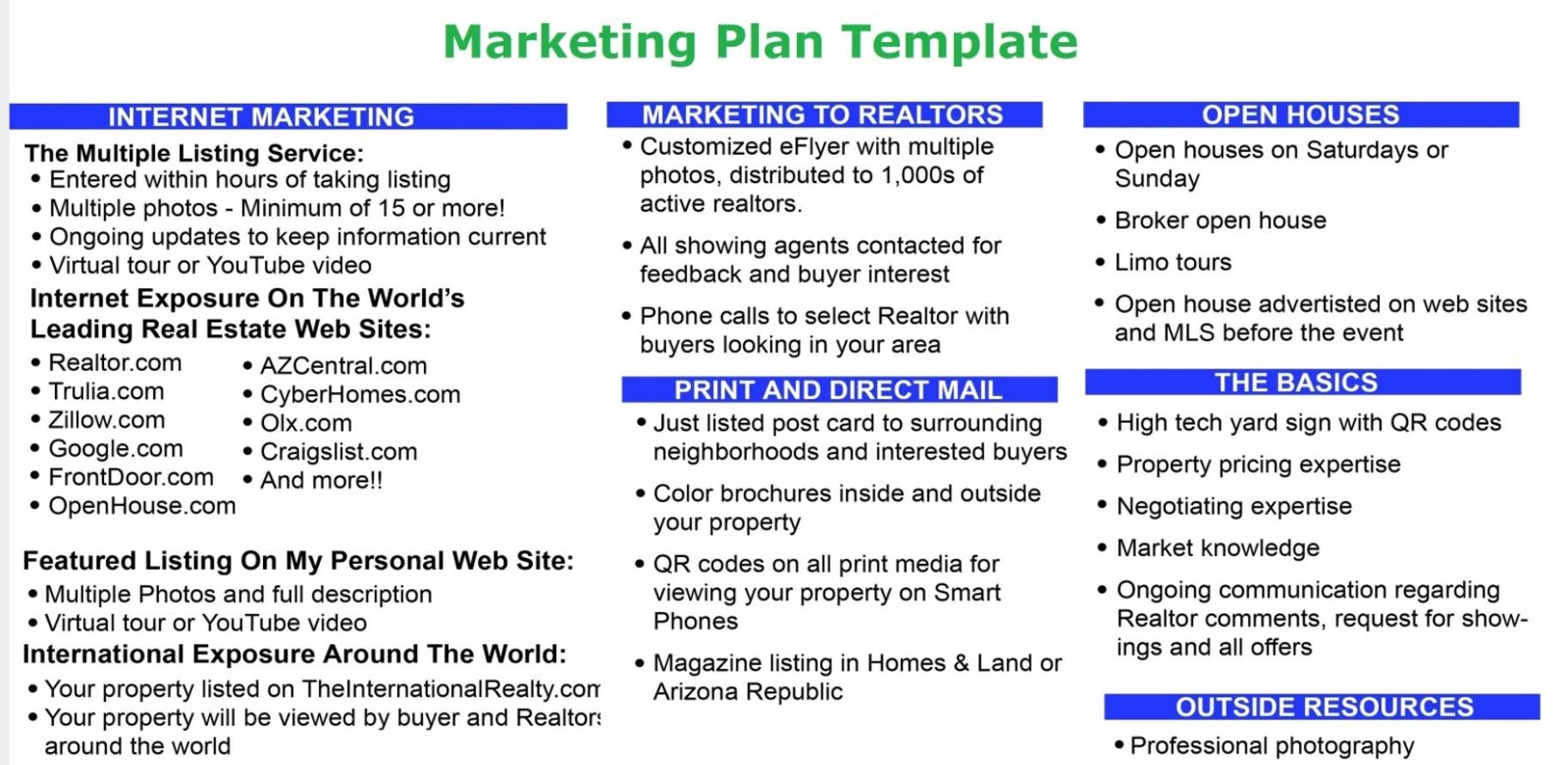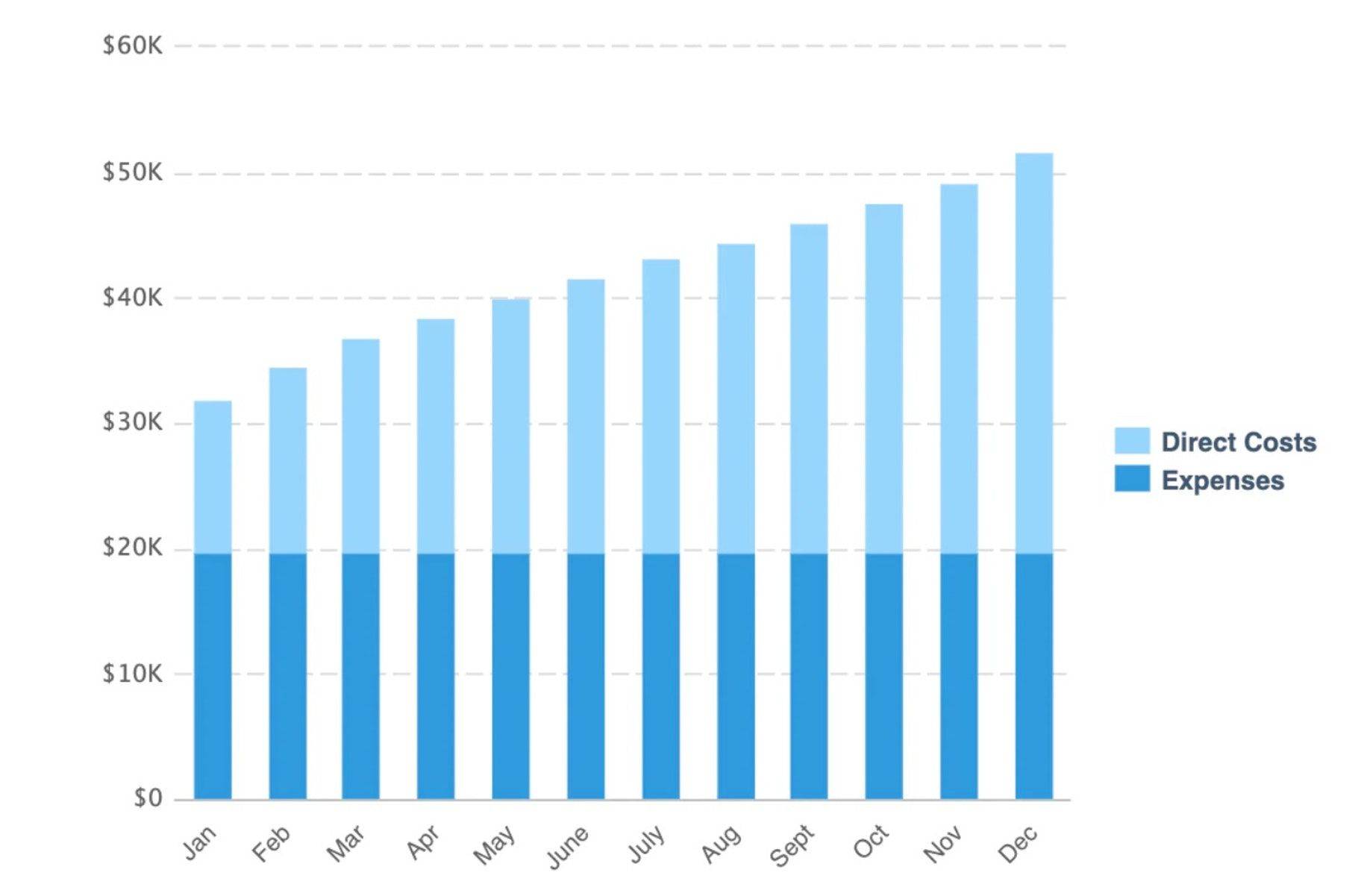So you want to start a business. Kudos! You’re doing big things.
One of the first steps to building a strong foundation for your new venture is to write a rock-solid business plan. When done right, your business plan can pave your path to success, all while helping you to smoothly cruise through any obstacles that may come up.
Plus, a good business plan can help you secure critical partnerships and funding that you might need in your early stages.
If you’re unsure how to write one, a great place to start is to learn from the pros. In this article, we’ll look at companies that built incredible business plans.
Take notes on the structure, format, and details. Hopefully you’ll leave with plenty of inspiration to write your own.
Don’t wait for someone else to do it. Hire yourself and start calling the shots.
Get Started Free
7-part template for business plan examples
We’ll look at seven business plans that are structured using a seven-part template. Here’s a quick review of those parts:
- Executive summary: A quick overview of your business and the contents of your business plan.
- Company description: More info about your company, its goals and mission, and why you started it in the first place.
- Market analysis: Research about the market and industry your business will operate in, including a competitive analysis about the companies you’ll be up against.
- Products and services: A detailed description of what you’ll be selling to your customers.
- Marketing plan: A strategic outline of how you plan to market and promote your business before, during, and after your company launches into the market.
- Logistics and operations plan: An explanation of the systems, processes, and tools that are needed to run your business in the background.
- Financial plan: A map of your short-term (and even long-term) financial goals and the costs to run the business. If you’re looking for funding, here’s the place to discuss your request and needs.
7 business plan examples (section by section)
In this section, you’ll find hypothetical and real-world examples of each aspect of a business plan to show you how the whole thing comes together.
Executive summary
Your executive summary offers a high-level overview of the rest of your business plan. You’ll want to include a brief description of your company, market research, competitor analysis, and financial information.
In ThoughtCo’s sample business plan for a fictional company called Acme Management Technology, the executive summary is three paragraphs and occupies nearly half the page:

Company description
You might go more in-depth with your company description and include the following sections:
- Nature of the business. Mention the general category of business you fall under. Are you a manufacturer, wholesaler, or retailer of your products?
- Background information. Talk about your past experiences and skills, and how you’ve combined them to fill in the market.
- Business structure. This section outlines how you registered your company—as a corporation, sole proprietorship, LLC, or other business type.
- Industry. Which business sector do you operate in? The answer might be technology, merchandising, or another industry.
- Team. Whether you’re the sole full-time employee of your business or you have contractors to support your daily workflow, this is your chance to put them under the spotlight.
You can also repurpose your company description elsewhere, like on your About page, Instagram page, or other properties that ask for a boilerplate description of your business. Hair extensions brand Luxy Hair has a blurb on its About page that could easily be repurposed as a company description for its business plan.

Market analysis
Market analysis comprises research on product supply and demand, your target market, the competitive landscape, and industry trends. You might do a SWOT analysis to learn where you stand and identify market gaps that you could exploit to establish your footing. Here’s an example of a SWOT analysis we did for a hypothetical ecommerce business:

You’ll also want to run a competitive analysis as part of the market analysis component for your business plan. This will show you who you’re up against and give you ideas on how to gain an edge over the competition.
Products and services
This part of your business plan describes your product or service, how it will be priced, and the ways it will compete against similar offerings in the market. Don’t go into too much detail here—a few lines are enough to introduce your item to the reader.

Marketing plan
Potential investors will want to know how you’ll get the word out about your business. As such, it’s essential to build a marketing plan that highlights the promotion and customer acquisition strategies you’re planning to adopt.
Most marketing plans focus on the four Ps: product, price, place, and promotion. However, it’s easier when you break it down by the different marketing channels. Mention how you intend to promote your business using blogs, email, social media, and word-of-mouth marketing.
Here’s an example of a hypothetical marketing plan for a real estate website:

Logistics and operations
This section of your business plan provides information about your production, facilities, production, equipment, shipping and fulfillment, and inventory.
Financial plan
The financial plan (a.k.a. financial statement) offers a breakdown of your sales, revenue, expenses, profit, and other financial metrics. You’ll want to include all the numbers and concrete data to project your current and projected financial state. For example, the financial statement for ecommerce brand Nature’s Candy includes forecasted revenue, expenses, and net profit in graphs.

Source
It then goes deeper into the financials, citing:
- Funding needs
- Project cash-flow statement
- Project profit-and-loss statement
- Projected balance sheet
You can use Shopify’s financial plan template to create your own income statement, cash-flow statement, and balance sheet.
Types of business plan (and what to write for each)
One-pager
A one-page business plan is a pared down version of a standard business plan that’s easy for potential investors and partners to understand. You’ll want to include all of the sections, but make sure they’re abbreviated and summarized.
- Executive summary
- Products and services
- Market analysis
- Marketing plan
- Logistics and operations plan
- Financials
Startup
A startup business plan is meant to secure outside funding for a new business. Typically, there’s a big focus on the financials, as well as other sections that help determine the viability of your business idea—market analysis, for example.
- Executive summary
- Company description
- Market research: in depth
- Products and services
- Marketing plan
- Operations
- Financials: in depth
Internal
Your internal business plan acts as the enforcer of your company’s vision. It reminds your team of the long-term objective and keeps them strategically aligned toward the same goal.
- Executive summary
- Company description
- Market research
- Products and services
- Marketing plan
- Financials
- Logistics and operations plan
Feasibility
A feasibility business plan is essentially a feasibility study that helps you evaluate whether your product or idea is worthy of a full business plan.
- Company description
- Products and services
- Market analysis
- Logistics and operations plan
- Financials
Mix and match to make a killer business plan
The good news is: there’s no single right way to write a business plan. If you’re feeling unsure about how to craft yours, pull bits and pieces that you like from other examples, and leave out the parts that don’t apply or make sense for you.
The important thing is to clearly communicate your reason for starting the company, what’s needed to operate it, and how you plan to make it work in the long run.
When you can convince others that you have a killer game plan, you’ve nailed it.
Want to learn more?
- Question: Are You a Business Owner or an Entrepreneur?
- Bootstrapping a Business: 10 Tips to Help You Succeed
- Entrepreneurial Mindset: 20 Ways to Think Like an Entrepreneur
- 101+ Best Small Business Software Programs